The rhododendrons are in bloom across the Highlands and I must admit they look beautiful – but they look better in a bonfire.
The mauve flowers of rhododendron ponticum are what originally encouraged plant hunters to bring the species back to the UK from foreign lands in the 18th Century. The domes of purple dotted around the green hillsides can look very pretty at this time of year. Tourists in Torridon, Wester Ross were certainly admiring them when I visited Ben Damph Estate last week.
It must have come as a shock then, when a man with a chainsaw emerged from the bushes, chopped the shrub down and slung it on a bonfire.
The clearance is part of an EU-wide eradication programme. Since taking root some 200 years ago rhododendron ponticum has spread across the UK. Ok, for two weeks in the summer it flowers but the rest of the time it smothers the land and nothing underneath grows. In comparison a native tree will support hundreds of species.
Ben Damph Estate, where 90 hectares of rhododendrons are currently being cleared, is just one of many areas attempting to tackle the problem. A combination of methods are being used including chemical spray, cutting and burning the shrubs and machine mulcher.
Which scene do you think is prettier? (Clue: It’s a trick question)
I am currently trying to understand why rhododendrons were introduced and how they got here. If you look it up on Google it seems like a simple question. They were imported from Asia for their pretty flowers –right? But just a small amount of investigation has revealed that ponticum was in Britain before the ice age, so now I am wondering if it is a pre-glacial species not non-native? The shrub over-taking our hills may be some kind of “super ponticum” that has bred with species from around the world to become the problem we have today. More of that science bit in a later blog. And why did the Victorians want to bring them here anyway? I think it was more than just the pretty flowers. Was it part of what George Monbiot refers to as the “Balmoralisation” of the Highlands – the attempt following the clearances to make the wild land more palatable for the sporting tastes of the Victorians? Again more of that philosophy/ rewilding bit later.
For now, I just want to show you why the Victorians were wrong. There are plenty of other things to see in the Highlands at this time of year. Aside from the almost constant sound of the cuckoo, there are wild flowers, budding trees (especially now the surrounding rhododendrons are gone) and young deer with antlers covered in velvet.
Below is a few pictures I have taken on one short walk, partly inspired by the wildflower diaries of carolyne @treshnish and a lovely tweet from @HighlandRampage I remember reading behind my desk a year or so ago saying the Highland summer starts with the bog cotton…
Who needs rhodoendron flowers eh?

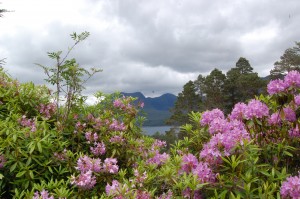
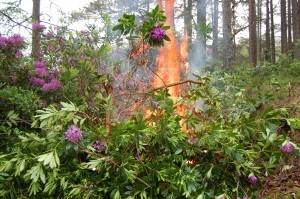
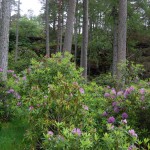
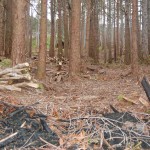
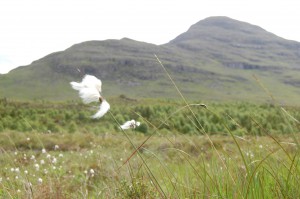
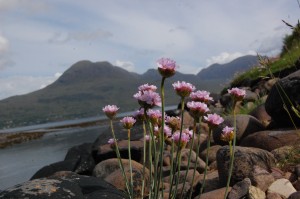
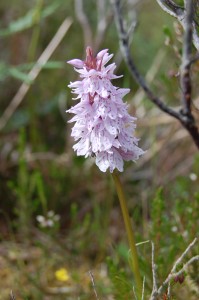
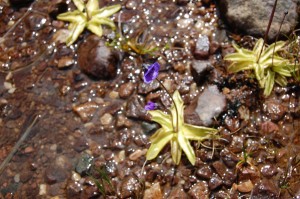
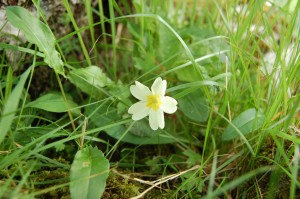
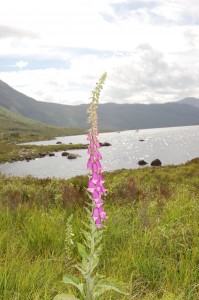
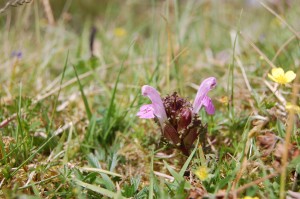
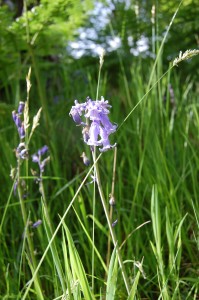
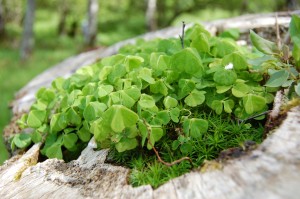
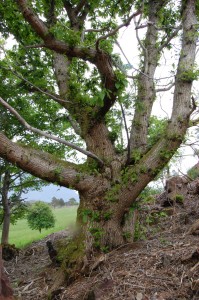
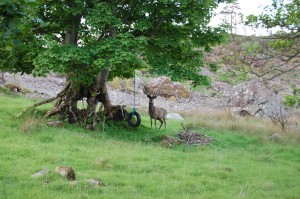

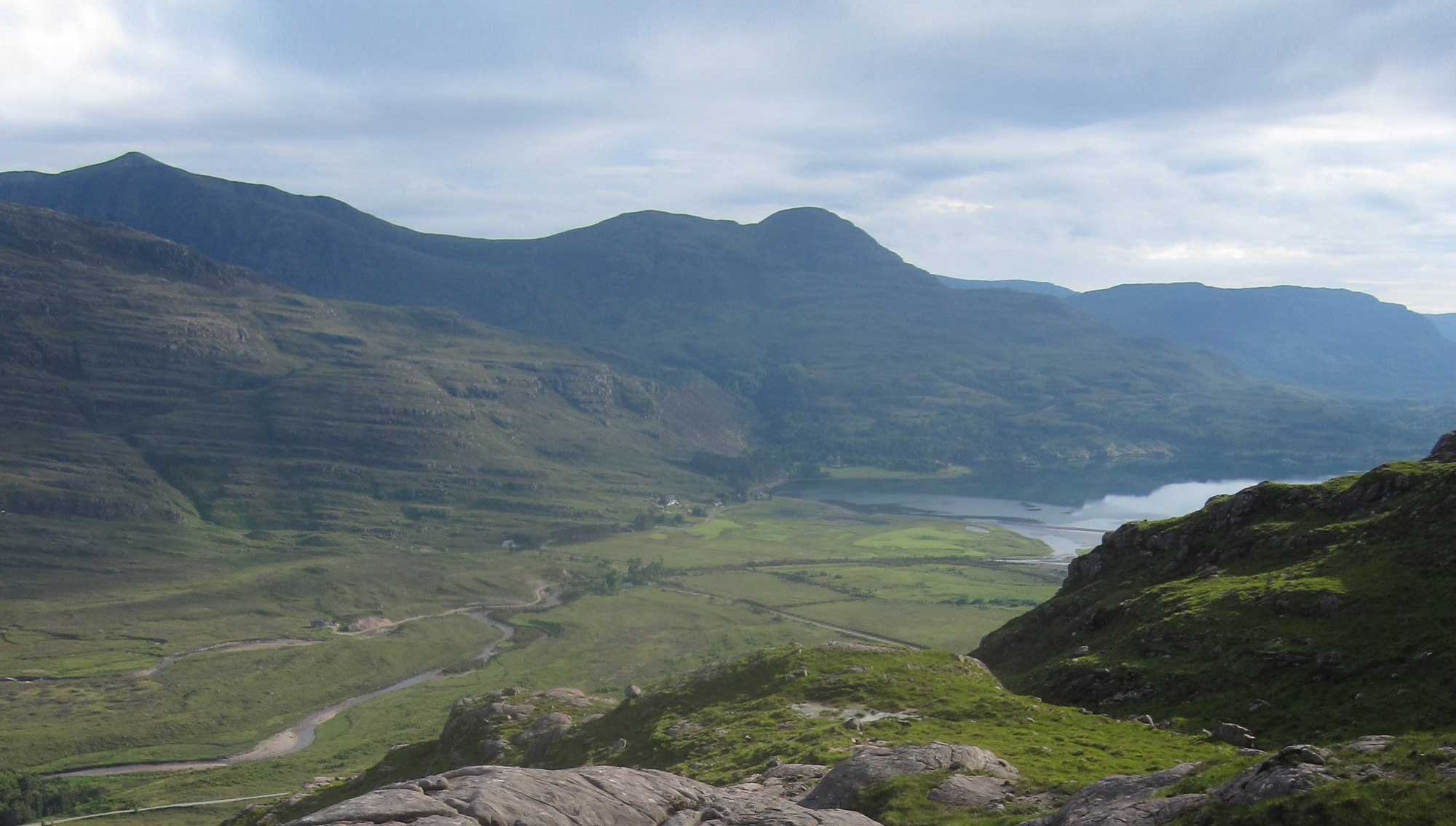
We don’t need rhodos and unfortunately we’ve got too many in my favourite little bit of the Highlands – further north than yours – in Assynt.
The National Trust also need to do their bit – Inverewe gardens are lovely but when I was last there a couple of years ago I don’t think they were upfront about the blessed nuisance the things are in the wild.